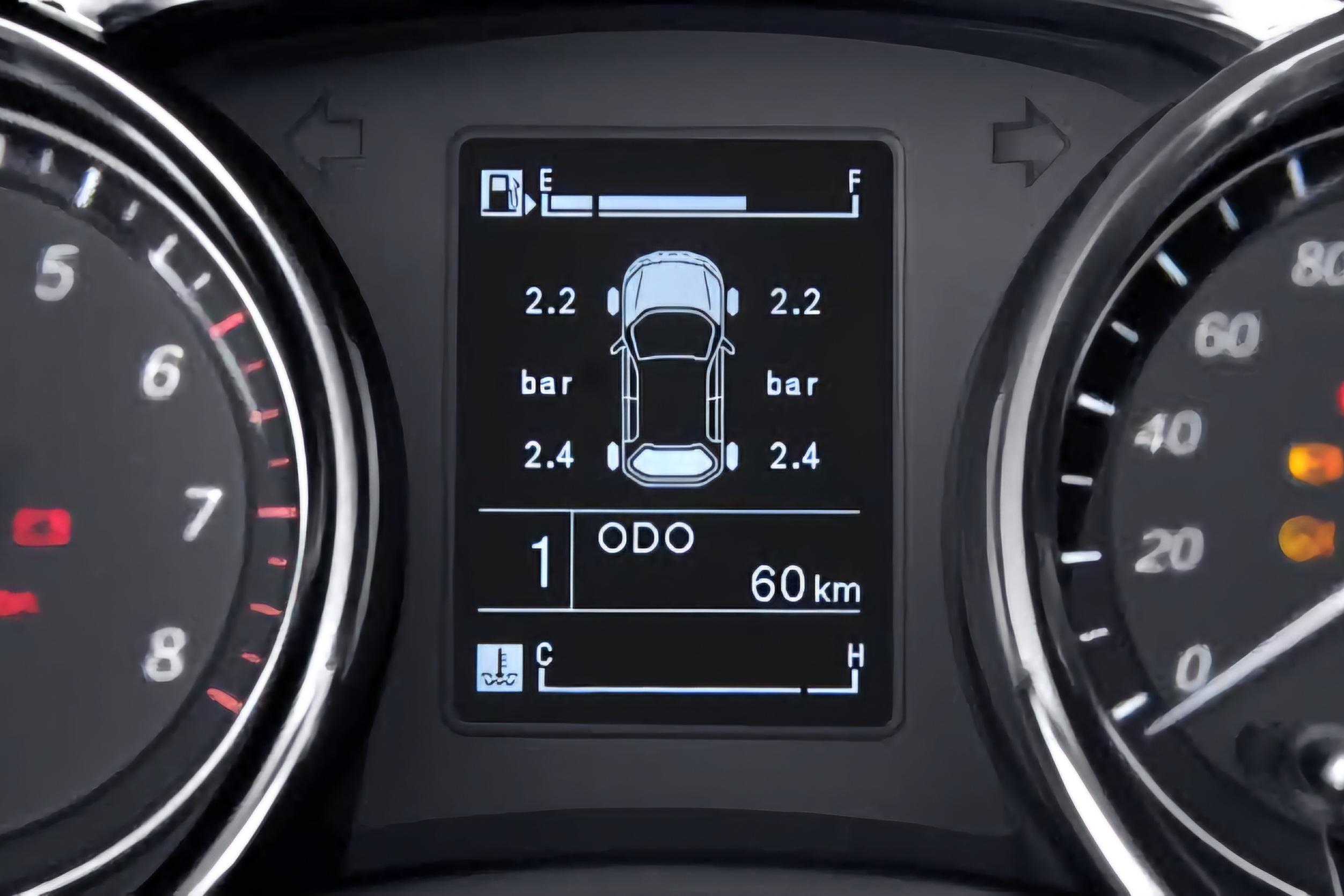Tyre Pressure Monitoring System Market Trends Show Shift Toward Predictive and Connected Solutions

The Tyre Pressure Monitoring System market is experiencing rapid growth, driven by increasing awareness of road safety, stringent government regulations, and advancements in automotive technology. As vehicles become more connected and safety-oriented, TPMS is no longer a luxury feature but a standard inclusion in many new car models. This article provides an in-depth market intelligence report, focusing on key trends, market drivers, challenges, and future opportunities shaping the TPMS industry worldwide.
Market Overview
TPMS is an electronic system designed to monitor the air pressure inside pneumatic tyres on various types of vehicles. It alerts drivers when tyre pressure falls below a specified level, ensuring optimal performance, fuel efficiency, and safety. There are two main types of TPMS: direct TPMS, which uses sensors in each tyre, and indirect TPMS, which infers pressure data based on wheel speed and other vehicle dynamics.
The global TPMS market has seen consistent growth, and according to recent estimates, it is expected to reach USD 15–20 billion by 2030, expanding at a CAGR of around 9–11% from 2024 onward. This growth is powered by multiple factors, ranging from regulatory mandates to consumer demand for advanced safety features.
Key Market Drivers
-
Stringent Safety Regulations
Governments in major automotive markets like North America, Europe, and parts of Asia have implemented regulations requiring TPMS in all passenger vehicles. For instance, the U.S. mandated TPMS in all new vehicles since 2007, while the European Union followed suit in 2014. These mandates significantly boost market demand. -
Consumer Awareness and Road Safety
Rising incidents of road accidents caused by underinflated tyres have led to growing awareness among consumers. TPMS helps prevent accidents, enhances vehicle control, and improves braking performance, making it a preferred safety feature. -
Growth in Electric and Autonomous Vehicles
The expanding electric vehicle (EV) and autonomous vehicle segments rely heavily on sensor-driven technologies. TPMS integrates well with these platforms, ensuring continuous monitoring and data analytics capabilities. This integration opens new avenues for innovation and growth. -
Technological Advancements
Modern TPMS now offers features like real-time alerts, smartphone integration, remote diagnostics, and cloud-based analytics. These smart systems are gaining popularity in both OEM and aftermarket segments, particularly in premium vehicles and commercial fleets.
Market Segmentation Insights
-
By Type: Direct TPMS holds the largest market share due to its accuracy and reliability, especially in high-performance and premium vehicles.
-
By Vehicle Type: Passenger vehicles dominate the market, but the commercial vehicle segment is growing rapidly due to fleet safety initiatives.
-
By Region:
-
North America and Europe lead the market due to early adoption of regulatory norms.
-
Asia-Pacific is the fastest-growing region, with rising automotive production, increasing vehicle ownership, and evolving safety standards in countries like China and India.
-
Competitive Landscape
The TPMS market is moderately consolidated, with key players including Continental AG, Schrader Electronics, Denso Corporation, Huf Hülsbeck & Fürst, and Sensata Technologies. These companies are investing heavily in R&D to develop cost-effective and technologically advanced solutions. Startups and regional players are also emerging with innovative offerings, intensifying the competitive dynamics.
Challenges in the Market
-
High Installation Costs: Especially for direct TPMS, installation and sensor replacement costs can be a deterrent in price-sensitive markets.
-
Sensor Durability and Battery Life: Sensor failure or battery exhaustion can lead to incorrect readings, affecting reliability.
-
Integration Complexities: Seamless integration with vehicle electronics and data systems requires advanced technical expertise and quality assurance.
Future Outlook
The future of the TPMS market lies in smart, connected, and predictive systems that go beyond basic pressure monitoring. As vehicles become part of the larger Internet of Things (IoT) ecosystem, TPMS will play a crucial role in enabling predictive maintenance, fuel efficiency optimization, and fleet management.
Additionally, aftermarket opportunities are expected to surge, especially in developing nations where retrofitting older vehicles with TPMS is a growing trend. The increasing popularity of mobile-based monitoring and subscription services may also redefine market offerings in the next few years.
Conclusion
The Tyre Pressure Monitoring System market is on a dynamic growth path, driven by safety regulations, technological innovation, and evolving consumer preferences. As the automotive industry shifts towards smarter, safer, and more sustainable mobility, TPMS will be integral to enhancing both driver experience and vehicle efficiency. Businesses that leverage real-time data, AI integration, and consumer-centric solutions will lead the next wave of innovation in this critical safety component segment.
- Art
- Causes
- Crafts
- Dance
- Drinks
- Film
- Fitness
- Food
- Spellen
- Gardening
- Health
- Home
- Literature
- Music
- Networking
- Other
- Party
- Religion
- Shopping
- Sports
- Theater
- Wellness
- Politics
- IT
- Relationship
- Blockchain
- NFT
- Crypto
- Fintech
- Automobile
- Faith
- Family
- Animals
- Travel
- Pets
- Coding
- Comedy
- Movie
- Game
- Computer



